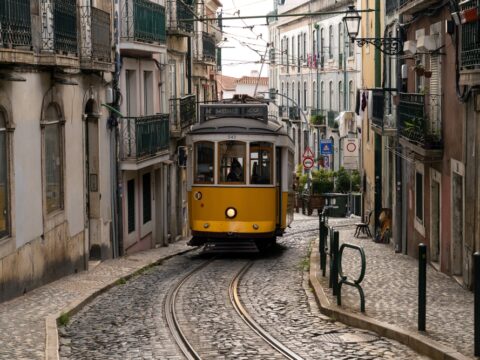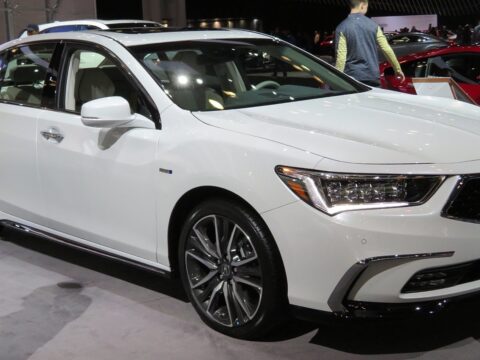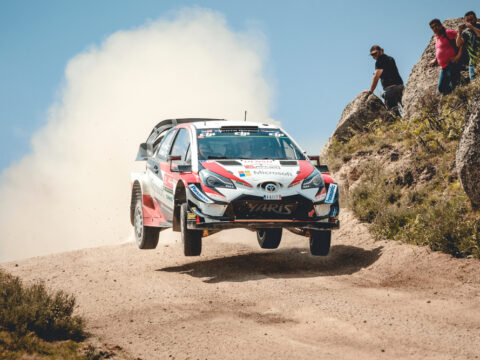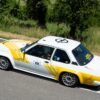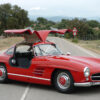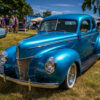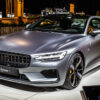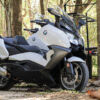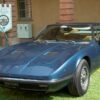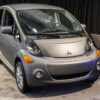When it comes to rally racing, most people think of the big names that dominate the spotlight. However, there are plenty of lesser-known cars that have proven their worth on the toughest terrains. These hidden gems offer incredible performance, often rivaling or surpassing their more famous counterparts. In this list, we’ll explore 25 unknown rally cars that deserve recognition for their power, speed, and handling.
Contents
Skoda Fabia R5
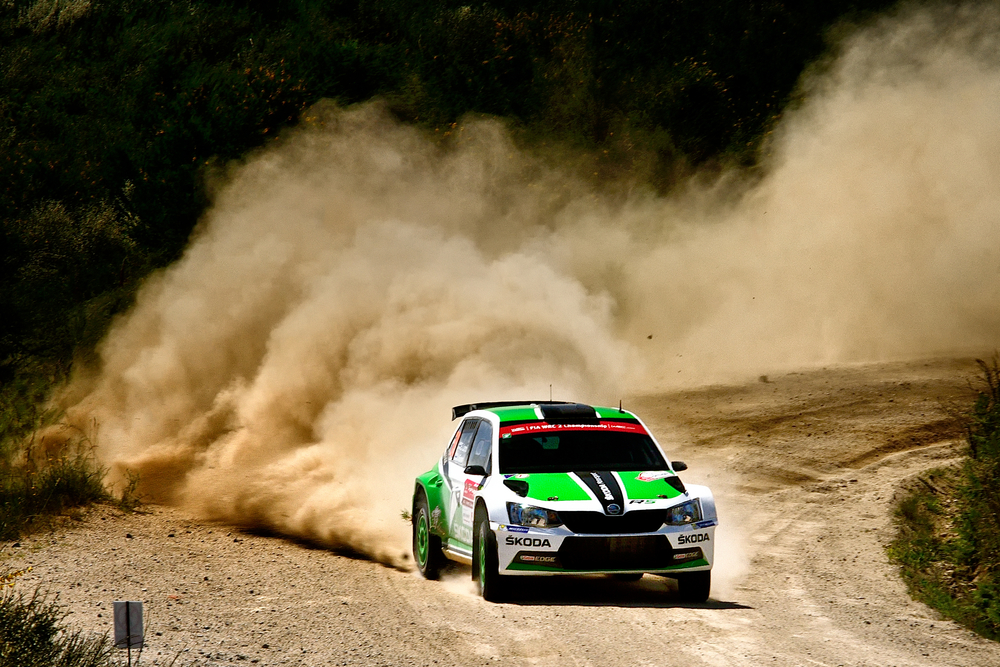
The Skoda Fabia R5 is a hidden rally powerhouse, known for its incredible reliability and competitive edge in the WRC2 category. Equipped with a 1.6-liter turbocharged engine and all-wheel drive, it boasts strong performance on both gravel and tarmac. Skoda’s expertise in building rugged, high-performing rally cars has led the Fabia R5 to numerous victories, proving that it’s not just a small city car but a rally champion in disguise.
Datsun 240Z
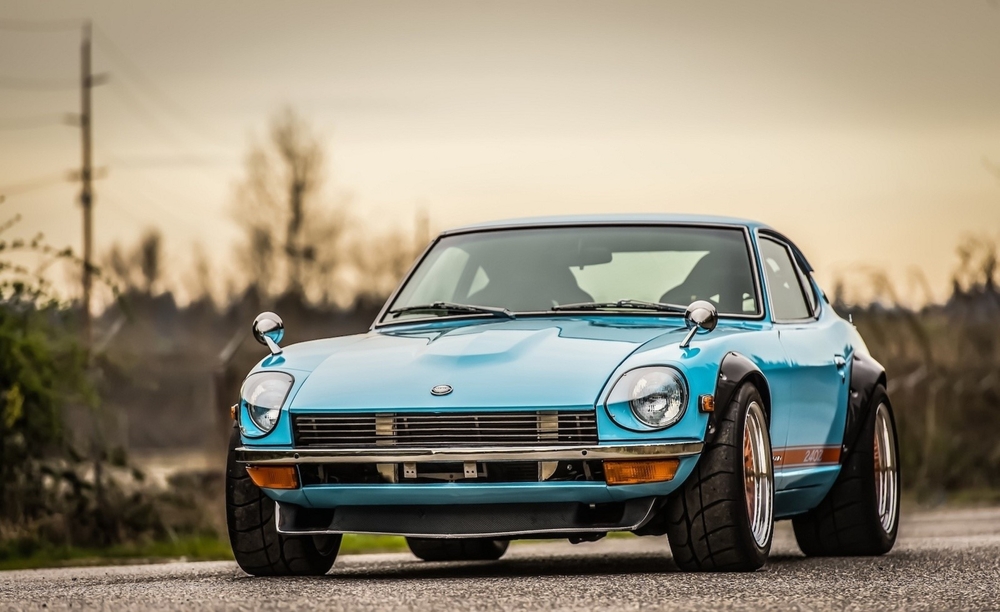
The Datsun 240Z made its mark in the early ’70s, particularly in endurance rallies like the East African Safari Rally. Powered by a robust 2.4-liter inline-six engine, the 240Z delivered speed and durability, taking on grueling rally stages with ease. Its lightweight body and balanced handling allowed it to excel in off-road conditions, making it a beloved but lesser-known classic in the rally world.
Peugeot 306 Maxi
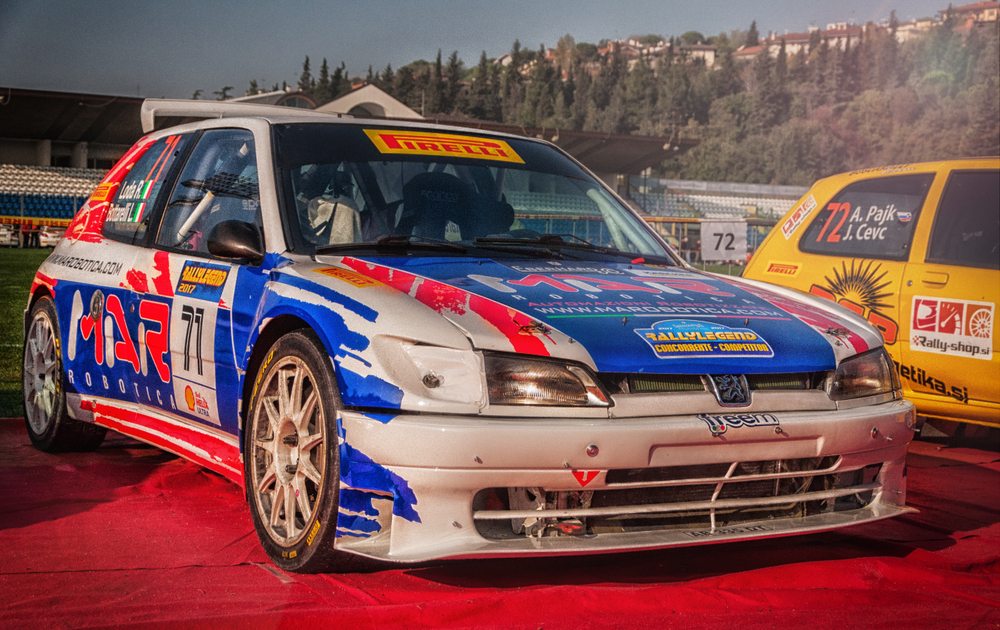
The Peugeot 306 Maxi dominated the French rally scene in the late ’90s with its naturally aspirated 2.0-liter engine and front-wheel-drive layout. Its impressive cornering capabilities and agility on tight, technical stages made it a fierce competitor in the two-wheel-drive class. Although overshadowed by its WRC rivals, the 306 Maxi’s performance remains legendary in rally circles.
Talbot Sunbeam Lotus
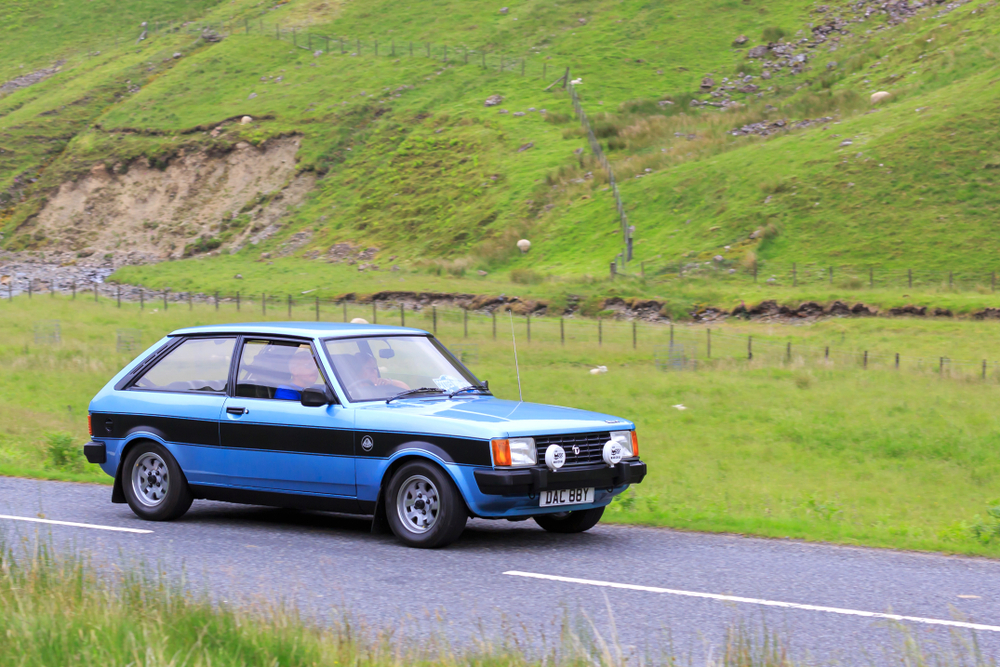
The Talbot Sunbeam Lotus is a small but mighty car that claimed the World Rally Championship title in 1981. With its 2.2-liter Lotus engine and rear-wheel-drive setup, it was known for its lightweight, nimble handling. Despite its modest appearance, the Sunbeam Lotus delivered incredible power, earning its place among rally legends.
Opel Kadett GT/E

The Opel Kadett GT/E is a rally car that shone in the late ’70s and early ’80s, particularly in European competitions. Its 1.9-liter engine, combined with rear-wheel drive, allowed for a balanced and controlled performance on rough rally stages. Known for its reliability and speed, the Kadett GT/E is often forgotten but deserves recognition for its impact on rally history.
Toyota Celica GT-Four ST165
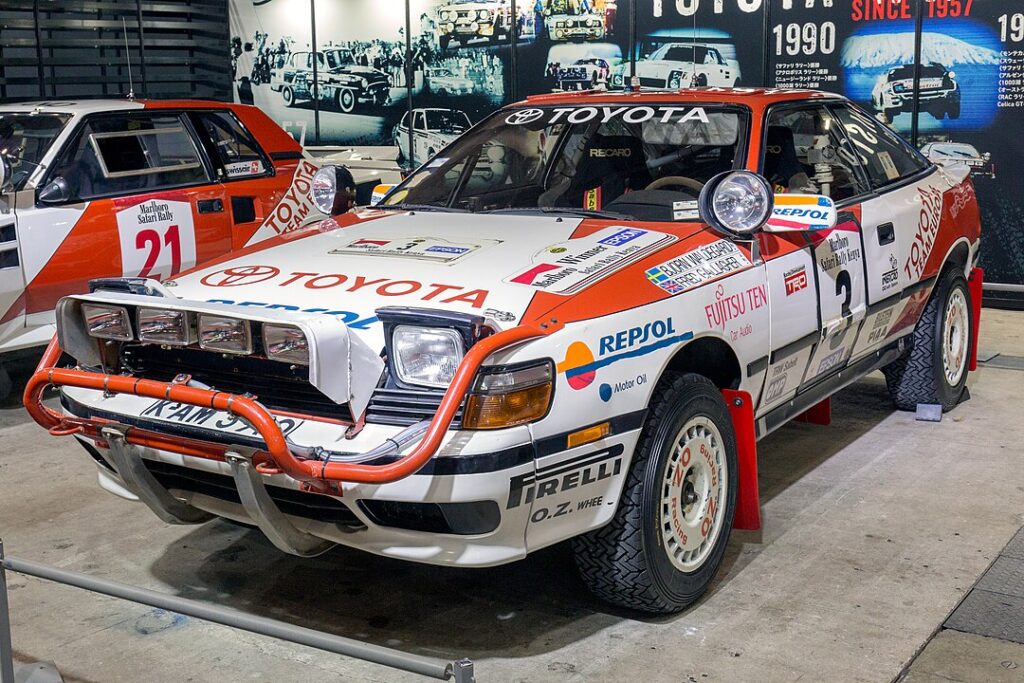
The Toyota Celica GT-Four ST165 is a rally legend often overshadowed by its successors. Its turbocharged 2.0-liter engine and all-wheel-drive system provided outstanding grip and power on all surfaces. The ST165 was Toyota’s first rally car to win the WRC Constructors’ Championship in 1993, setting the stage for Toyota’s dominance in later years.
Mitsubishi Lancer 1600 GSR
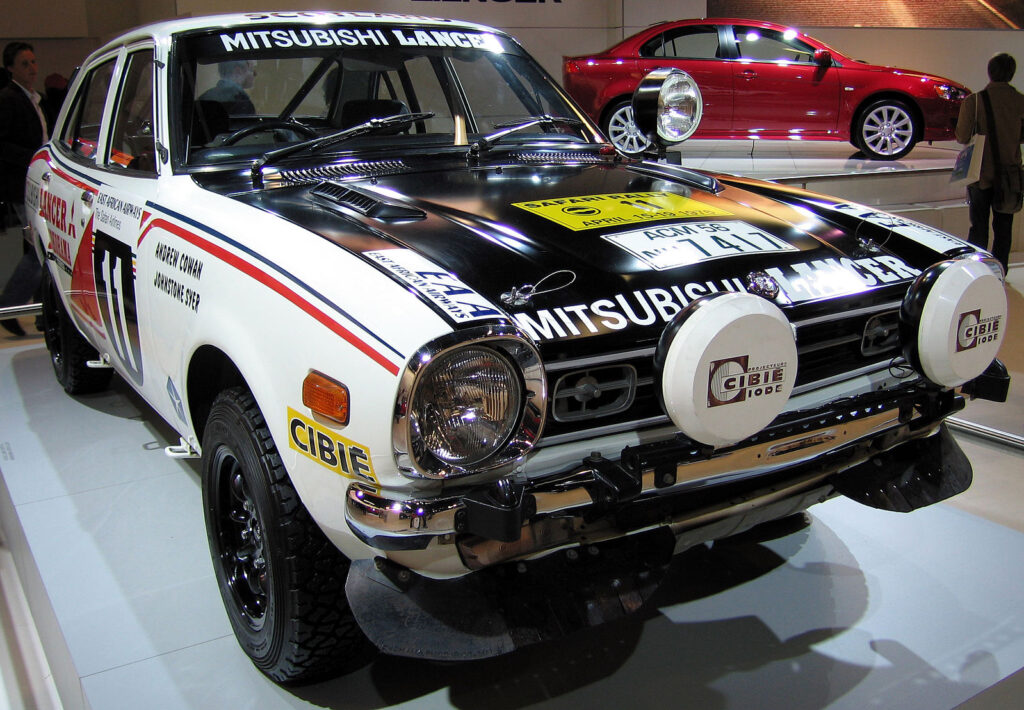
The Mitsubishi Lancer 1600 GSR played a pivotal role in establishing Mitsubishi’s rally credentials in the 1970s. With a durable 1.6-liter engine and lightweight construction, it excelled in long-distance events like the East African Safari Rally, where it won multiple times. This early Lancer paved the way for Mitsubishi’s rally success, making it an unsung hero in rally history.
Ford Escort RS1700T

The Ford Escort RS1700T is one of rallying’s great “what if” cars. Developed as a Group B rally car, it featured a turbocharged 1.8-liter engine and rear-wheel drive. Despite its high performance potential, the RS1700T never saw competition due to the cancellation of the Group B class, leaving it as a forgotten but incredibly capable rally machine.
Citroën BX 4TC
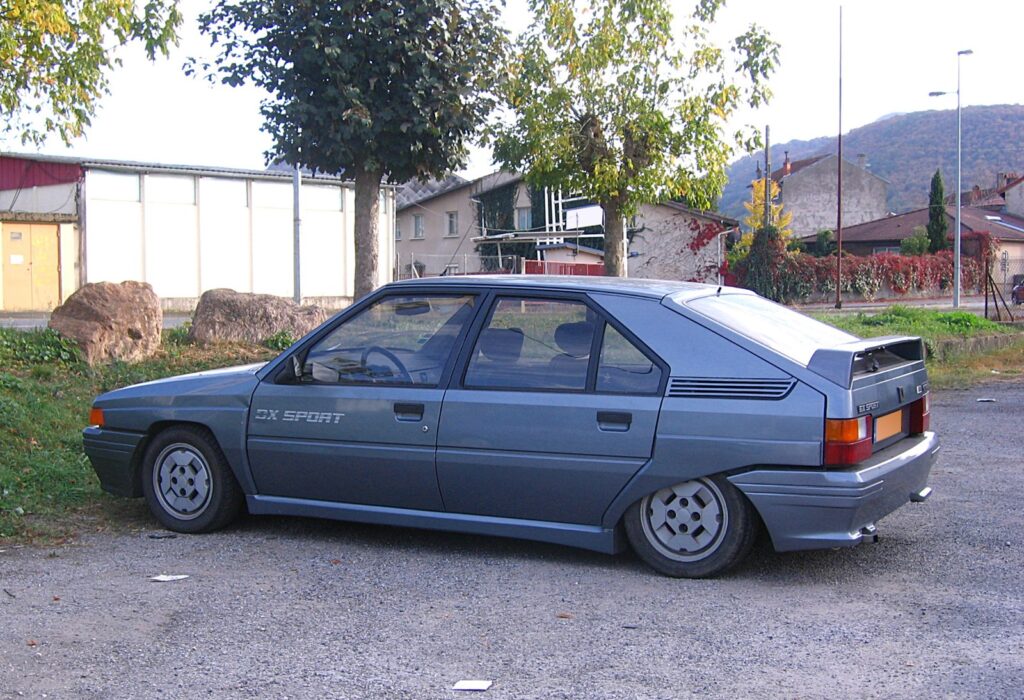
The Citroën BX 4TC was Citroën’s entry into the competitive Group B era, with its turbocharged 2.2-liter engine and all-wheel drive. Although it struggled to find success against its rivals, the BX 4TC’s quirky engineering and bold design make it a fascinating, little-known rally car with significant potential had it been further developed.
Fiat 131 Abarth
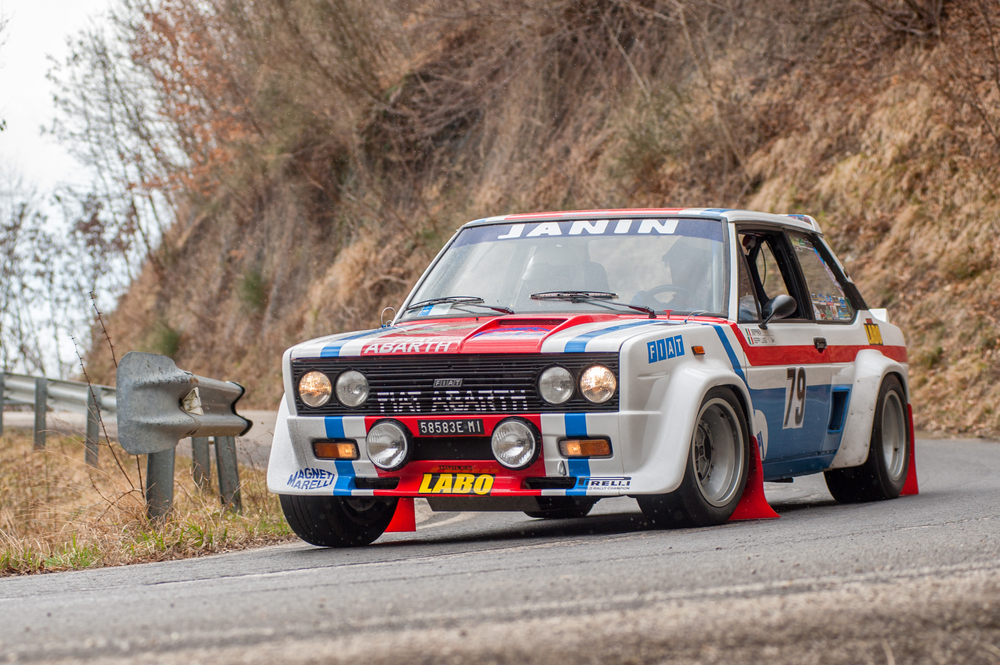
The Fiat 131 Abarth is a rally icon that achieved considerable success in the late ’70s, winning multiple WRC titles. Powered by a 2.0-liter twin-cam engine and featuring a rear-wheel-drive layout, it was known for its balance, handling, and endurance. Despite its success, it’s often overshadowed by its more famous contemporaries, making it a hidden gem in rally history.
Mazda 323 GTX
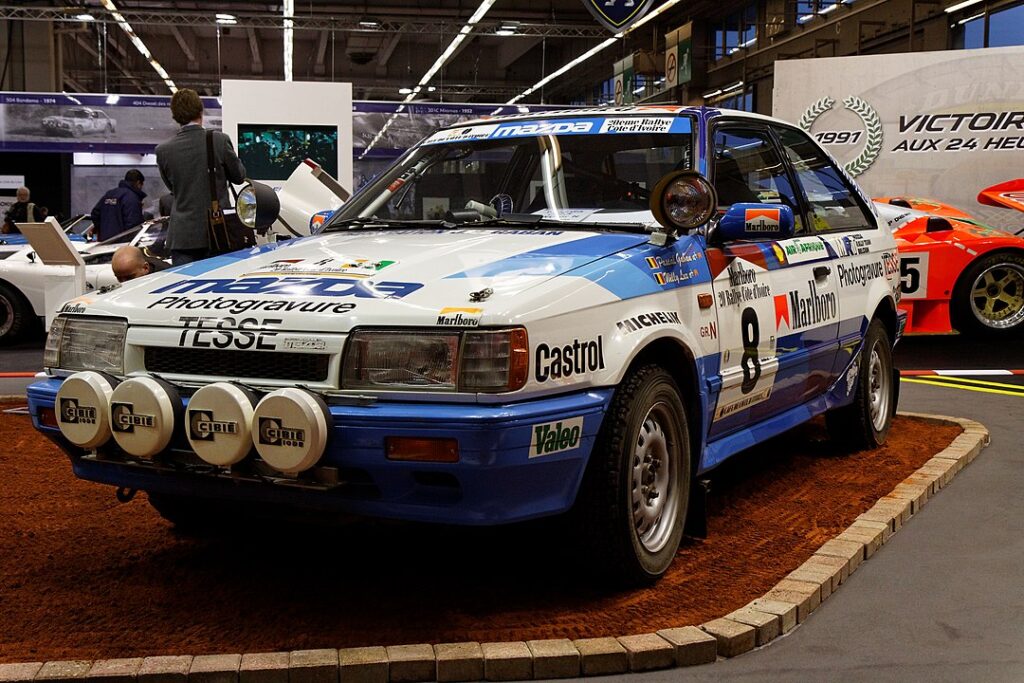
The Mazda 323 GTX was Mazda’s attempt at competing in the World Rally Championship during the late ’80s. Equipped with a turbocharged 1.6-liter engine and all-wheel drive, the 323 GTX was known for its reliability and strong performance on gravel stages. Though not as widely recognized as other rally cars, its tenacity and handling make it deserving of a spot on this list.
Renault 5 Turbo
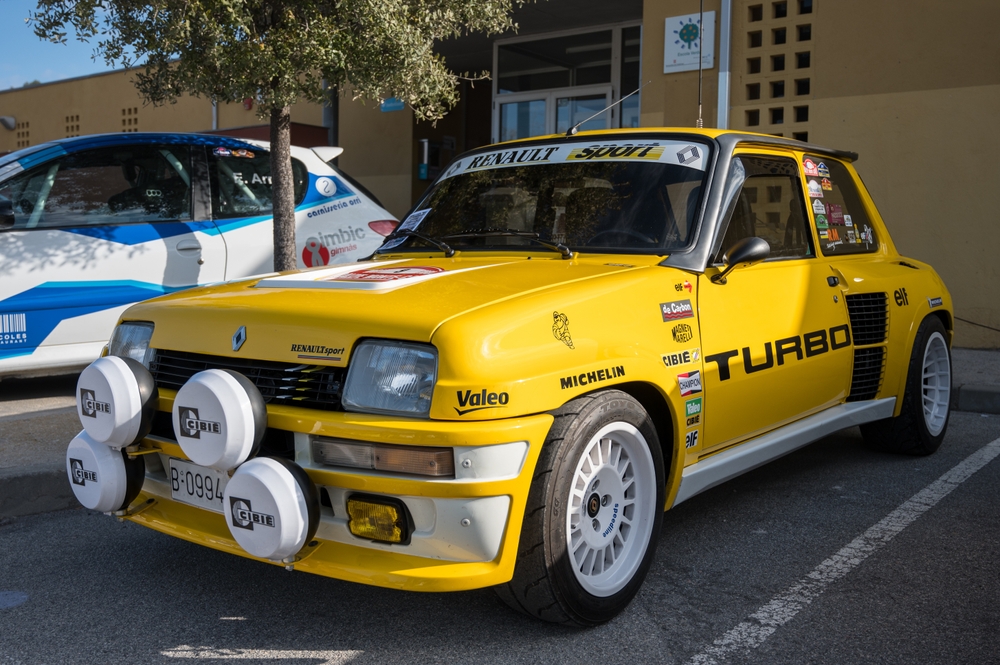
The Renault 5 Turbo was a mid-engine, rear-wheel-drive rally car that shocked the world in the early ’80s with its unconventional layout. Its 1.4-liter turbocharged engine delivered exceptional power for its size, and its compact body allowed it to navigate narrow, twisty rally stages with ease. The Renault 5 Turbo was a standout in European rallying, earning it a place in rally car lore.
Lancia Fulvia HF
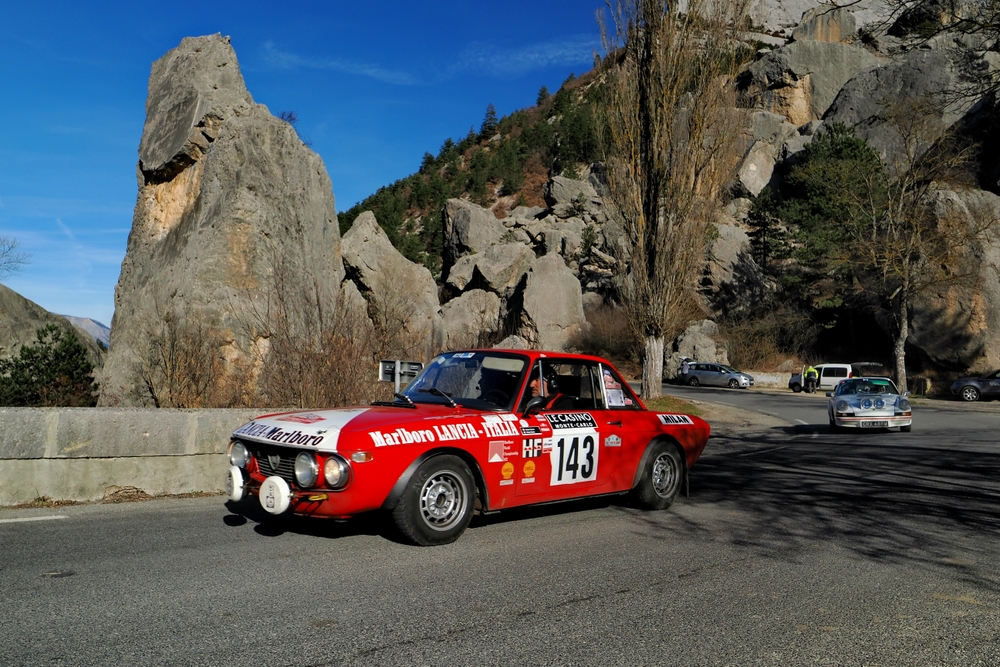
The Lancia Fulvia HF is a little-known rally car that achieved significant success in the late ’60s and early ’70s. With a narrow-angle V4 engine and front-wheel drive, the Fulvia HF was agile and reliable, winning the 1972 International Championship for Manufacturers. Its understated design and strong performance make it a forgotten yet important part of rally history.
Subaru Legacy RS
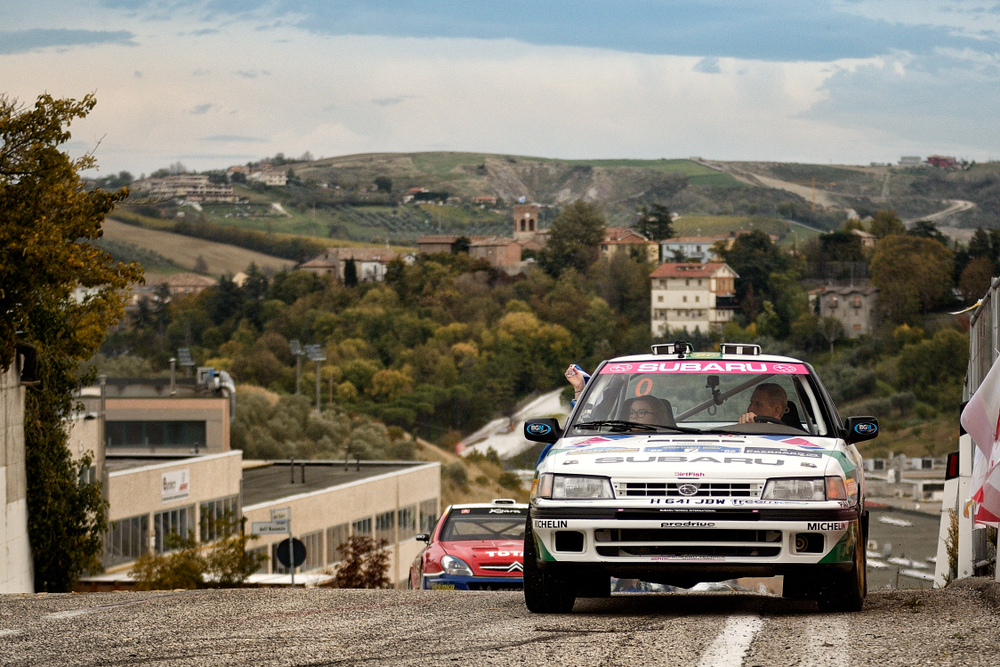
Before the Impreza took over the rally scene, the Subaru Legacy RS was Subaru’s rally contender. With a turbocharged 2.0-liter flat-four engine and all-wheel drive, the Legacy RS laid the foundation for Subaru’s rally dominance in the ’90s. Though overshadowed by the Impreza, the Legacy RS’s performance in the early ’90s WRC cannot be overlooked.
MG Metro 6R4
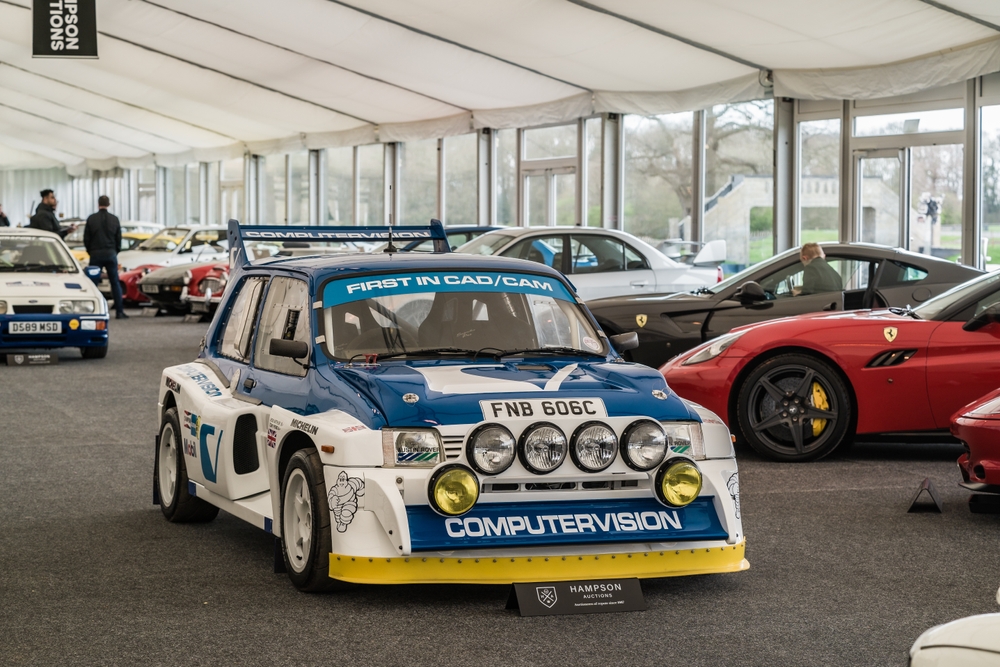
The MG Metro 6R4 was a wild Group B rally car with a naturally aspirated 3.0-liter V6 engine and all-wheel drive. Unlike its turbocharged competitors, the 6R4 relied on high-revving power and incredible handling to compete in the brutal world of Group B. Although it never achieved significant success, its unique design and raw power make it a standout in rally history.
Proton Satria Neo S2000
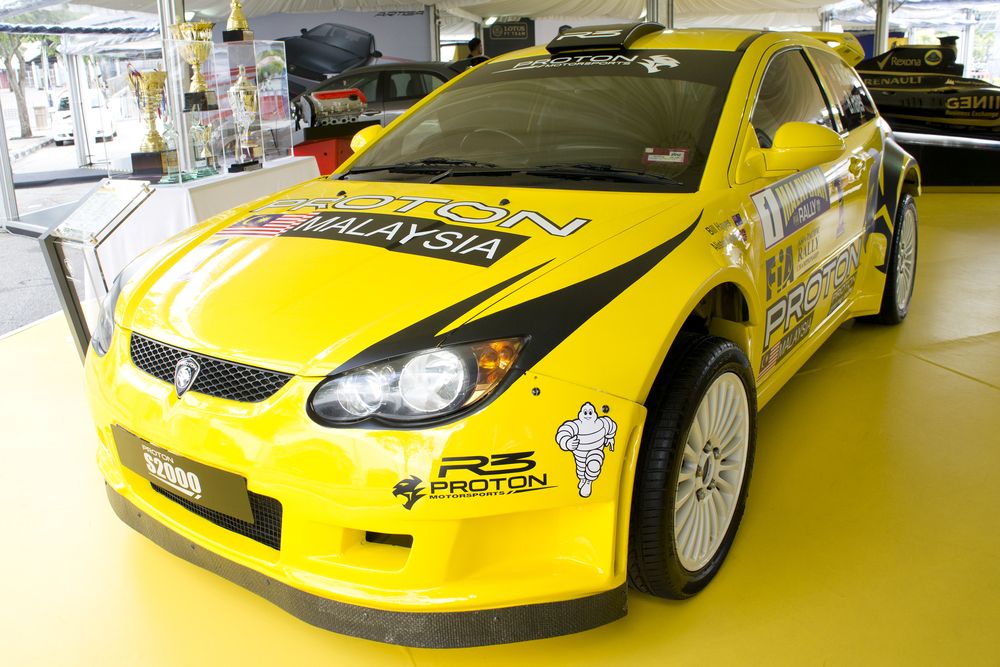
The Proton Satria Neo S2000 was a lesser-known rally car that competed in the Super 2000 category. Powered by a 2.0-liter engine and front-wheel drive, it was known for its agility and lightweight design. Though not a dominant force in rallying, the Satria Neo S2000 proved to be a capable and competitive machine in regional championships.
Hyundai Accent WRC
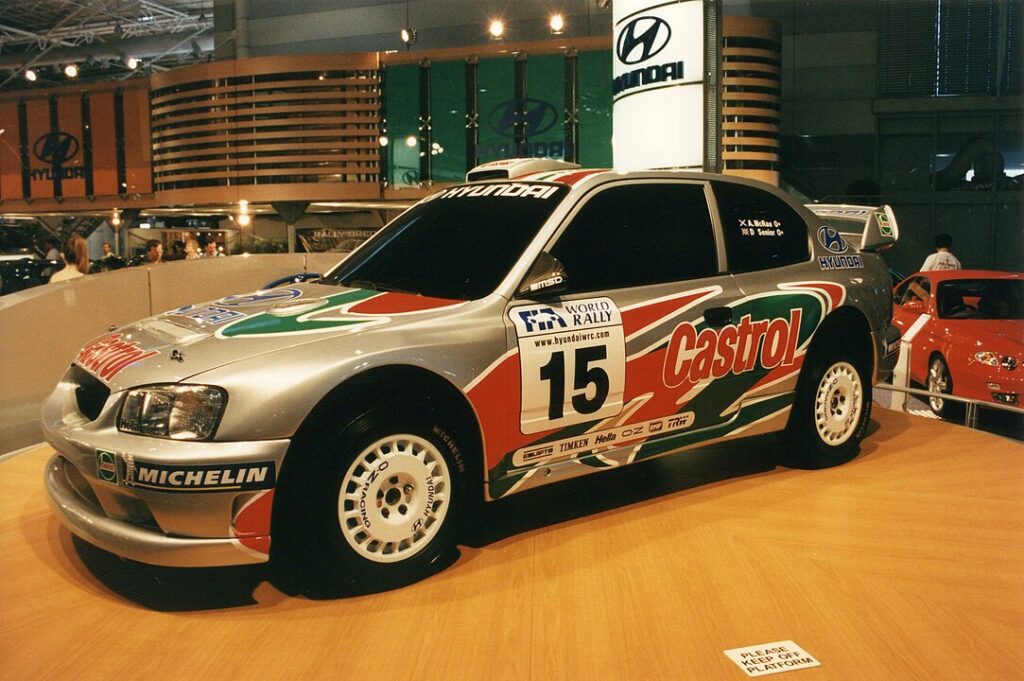
The Hyundai Accent WRC marked Hyundai’s first serious foray into the World Rally Championship in the early 2000s. Powered by a turbocharged 2.0-liter engine and featuring all-wheel drive, the Accent WRC showed flashes of potential. Though it never achieved top-level success, it laid the groundwork for Hyundai’s later rally victories with the i20 WRC.
Nissan 240RS
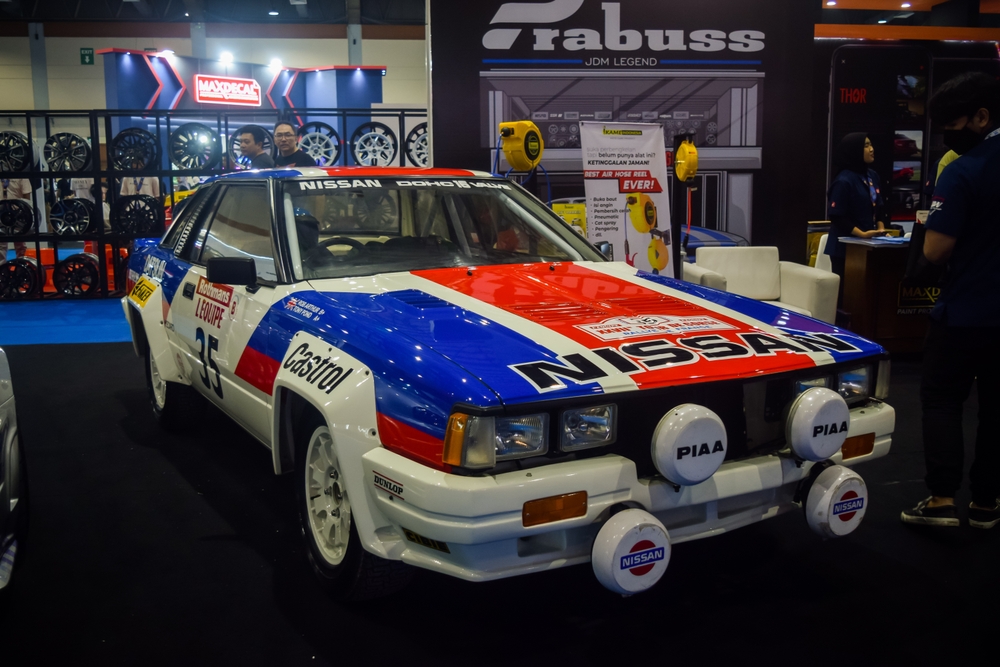
The Nissan 240RS is a lesser-known rally car that competed in the Group B era. With a naturally aspirated 2.4-liter engine and rear-wheel drive, it was rugged and reliable, excelling in long-distance endurance rallies. Though it lacked the turbocharged power of its Group B rivals, the 240RS proved its mettle in challenging rally conditions.
Austin Mini Cooper S
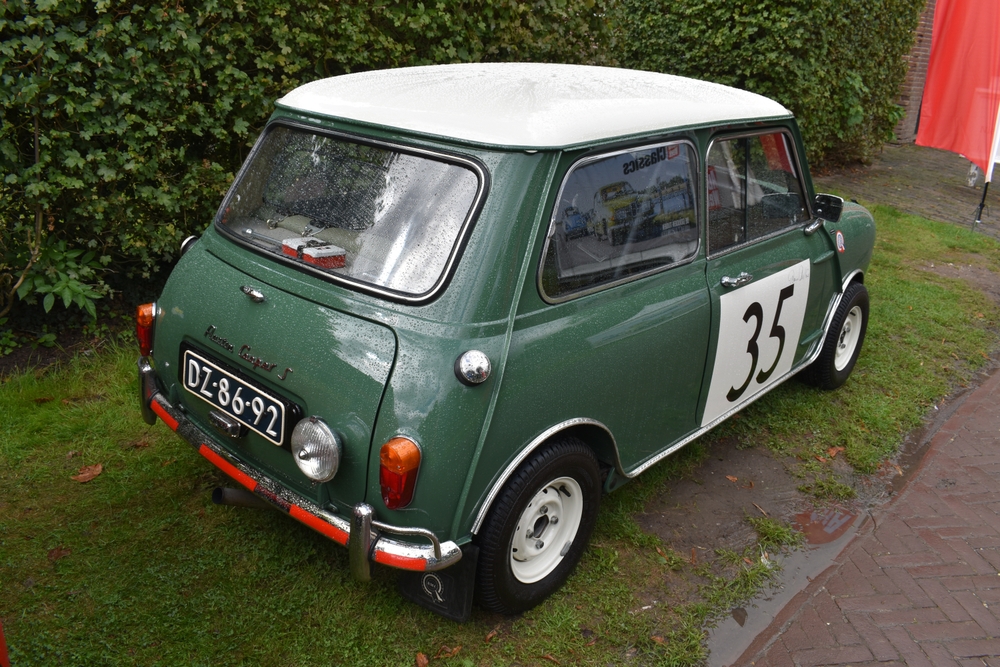
The Austin Mini Cooper S may be best known for its role in road racing, but it also excelled in rallying during the 1960s. Its small size, lightweight design, and nimble handling made it a giant killer in events like the Monte Carlo Rally. Despite its diminutive stature, the Mini Cooper S punched above its weight, earning numerous rally victories.
Fiat Punto S1600

The Fiat Punto S1600 competed in the Super 1600 class, featuring a 1.6-liter naturally aspirated engine and front-wheel drive. Known for its agility and quick cornering, the Punto S1600 excelled in tight, technical rally stages. Although not a household name in rallying, its strong performance in European events earned it a solid reputation.
Volvo 242
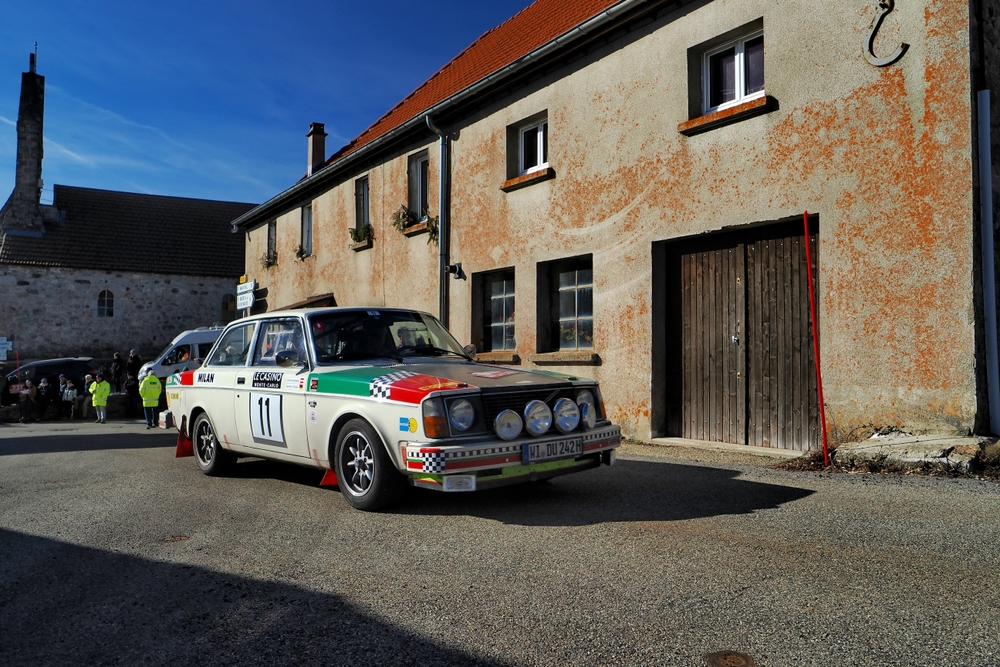
The Volvo 242 is not the first car that comes to mind for rallying, but its robust construction and rear-wheel-drive layout made it a surprising contender in rally competitions. Equipped with a 2.1-liter engine, the 242 was known for its durability and ability to handle rough terrain. Though not as flashy as its rivals, the Volvo 242 quietly earned respect in the rally world.
Seat Ibiza Kit Car
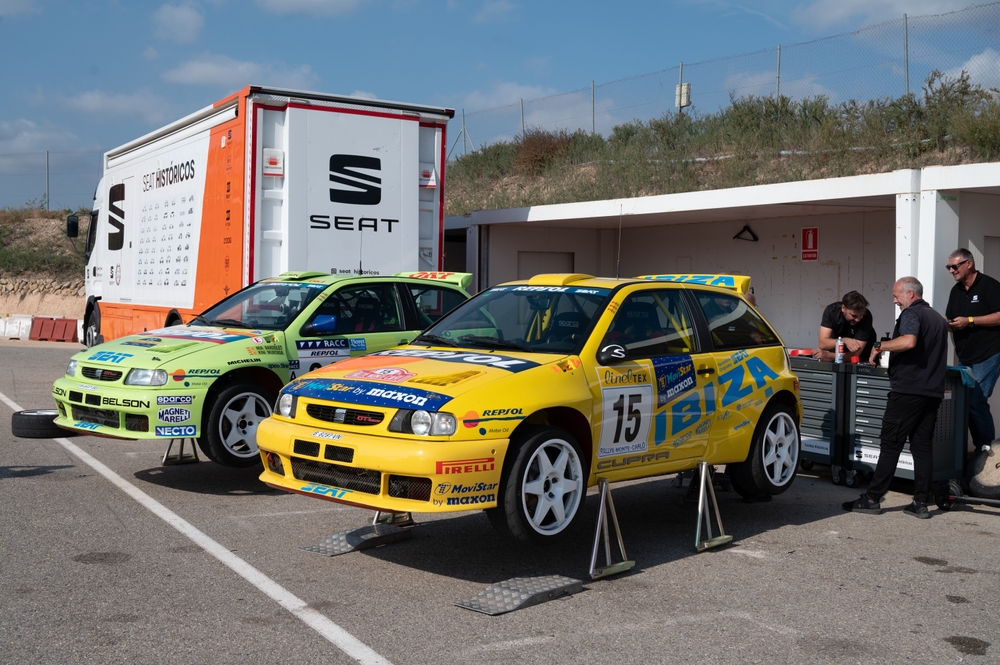
The Seat Ibiza Kit Car dominated the two-wheel-drive category in the late ’90s, powered by a 2.0-liter engine and featuring a lightweight design. Its strong performance in the FIA 2-Litre World Championship made it a standout in rallying. Despite being less well-known, the Ibiza Kit Car was a formidable competitor on twisty, technical stages.
Suzuki Swift Super 1600
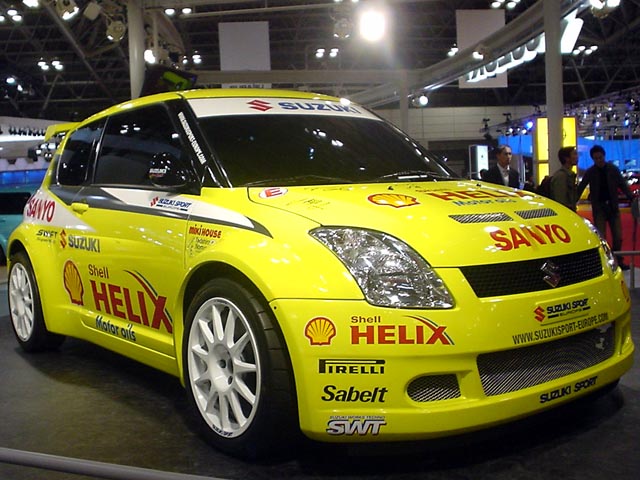
The Suzuki Swift Super 1600 is a little-known rally car that competed in the Junior World Rally Championship (JWRC). With a 1.6-liter engine and front-wheel drive, it was lightweight and agile, excelling in the tight, narrow rally stages of the JWRC. Its reliability and handling made it a favorite among up-and-coming rally drivers.
Ford Sierra XR4x4
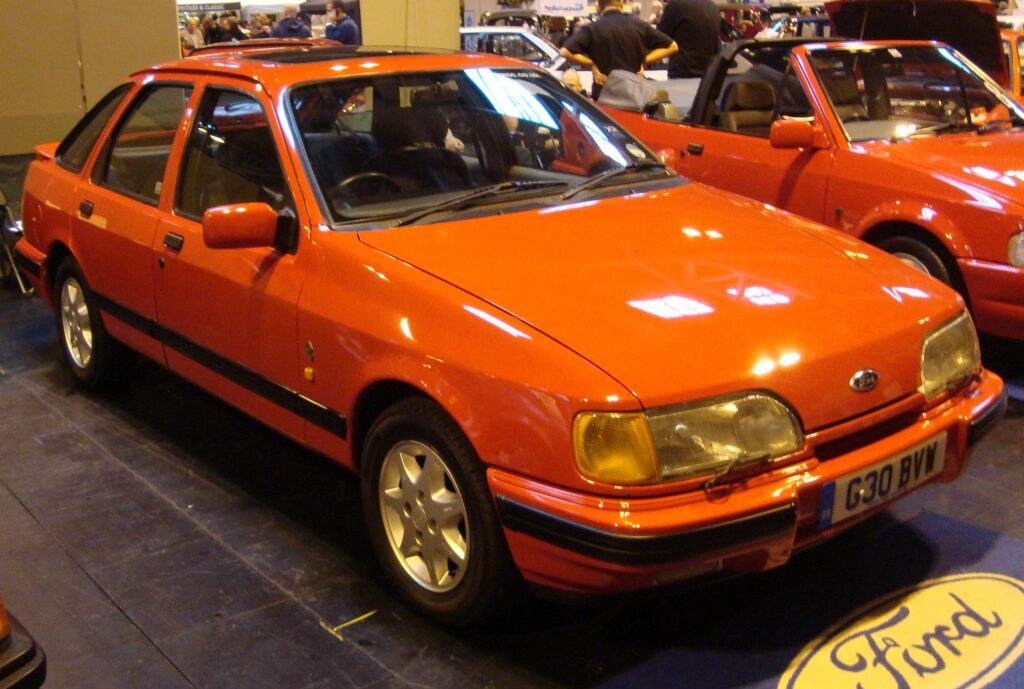
The Ford Sierra XR4x4 was an underrated rally car that competed in the Group A category. Powered by a 2.8-liter V6 engine and featuring all-wheel drive, the XR4x4 offered strong performance in both gravel and tarmac rallies. Though often overlooked in favor of its more famous siblings, it proved to be a reliable and capable rally machine.
Audi Coupe Quattro

The Audi Coupe Quattro is a lesser-known sibling of the famous Audi Quattro that revolutionized rallying. With a turbocharged 2.2-liter engine and the same groundbreaking all-wheel-drive system, the Coupe Quattro offered excellent handling and power. Although it never achieved the same level of fame as the original Quattro, its performance on rally stages was equally impressive.
This article originally appeared in MyCarMakesNoise.
More from MyCarMakesNoise
17 Highest Rated Motorcycles for Long-Distance Touring

When it comes to long-distance touring, the right motorcycle can make all the difference. Comfort, reliability, and performance are key factors that riders look for in a touring bike. Read More
18 Problems Associated with Delayed Car Battery Maintenance
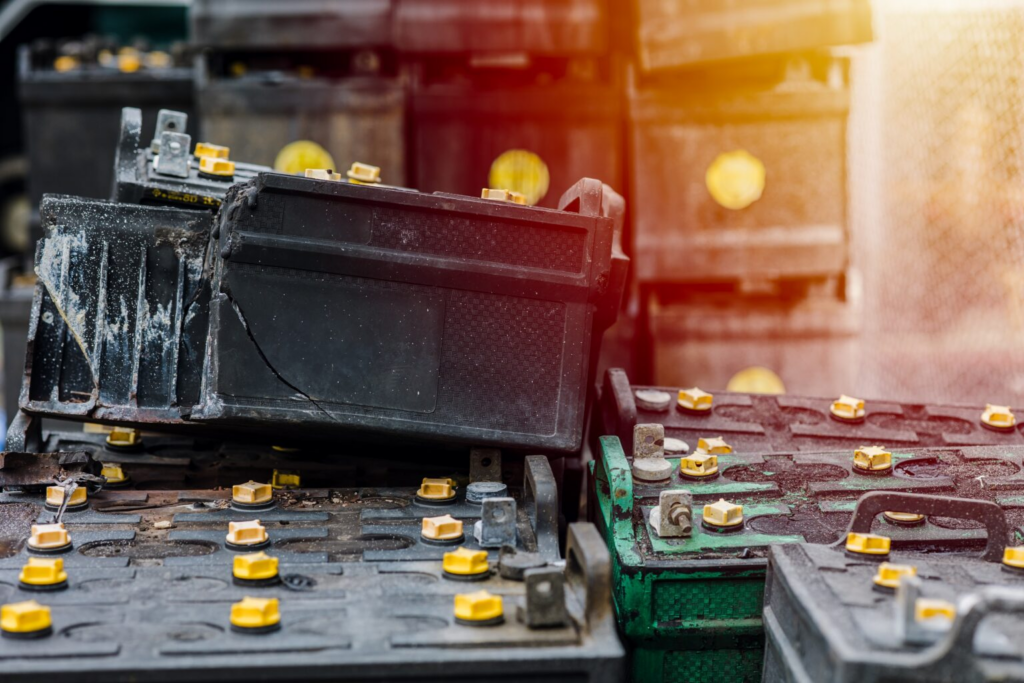
Keeping your car’s battery in good condition is crucial for ensuring reliable performance and avoiding unexpected breakdowns. Neglecting regular maintenance can lead to a host of problems, some of which can be costly and inconvenient. Read More
17 Discontinued Convertibles That Failed to Maintain Value
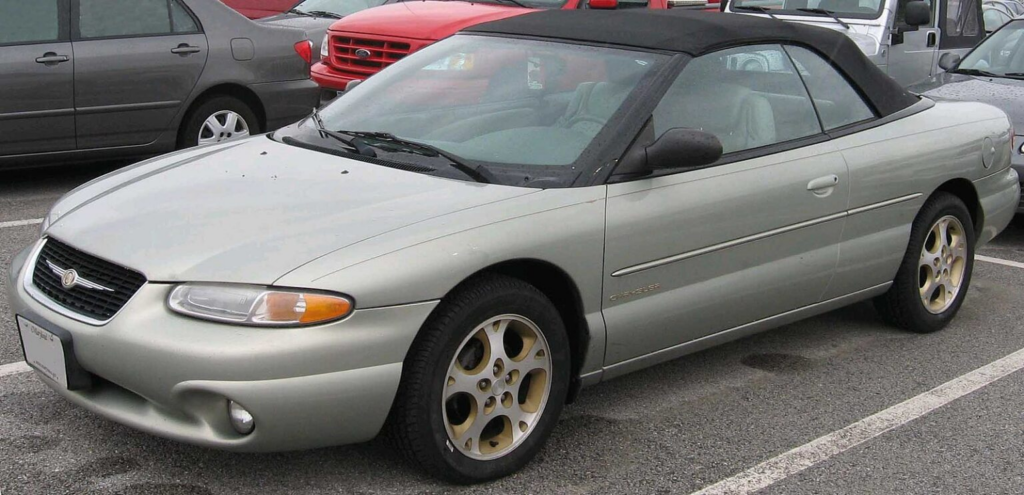
When it comes to convertibles, not all models stand the test of time. Some have seen their value plummet after being discontinued, leaving owners with vehicles that are worth far less than expected. Read More


